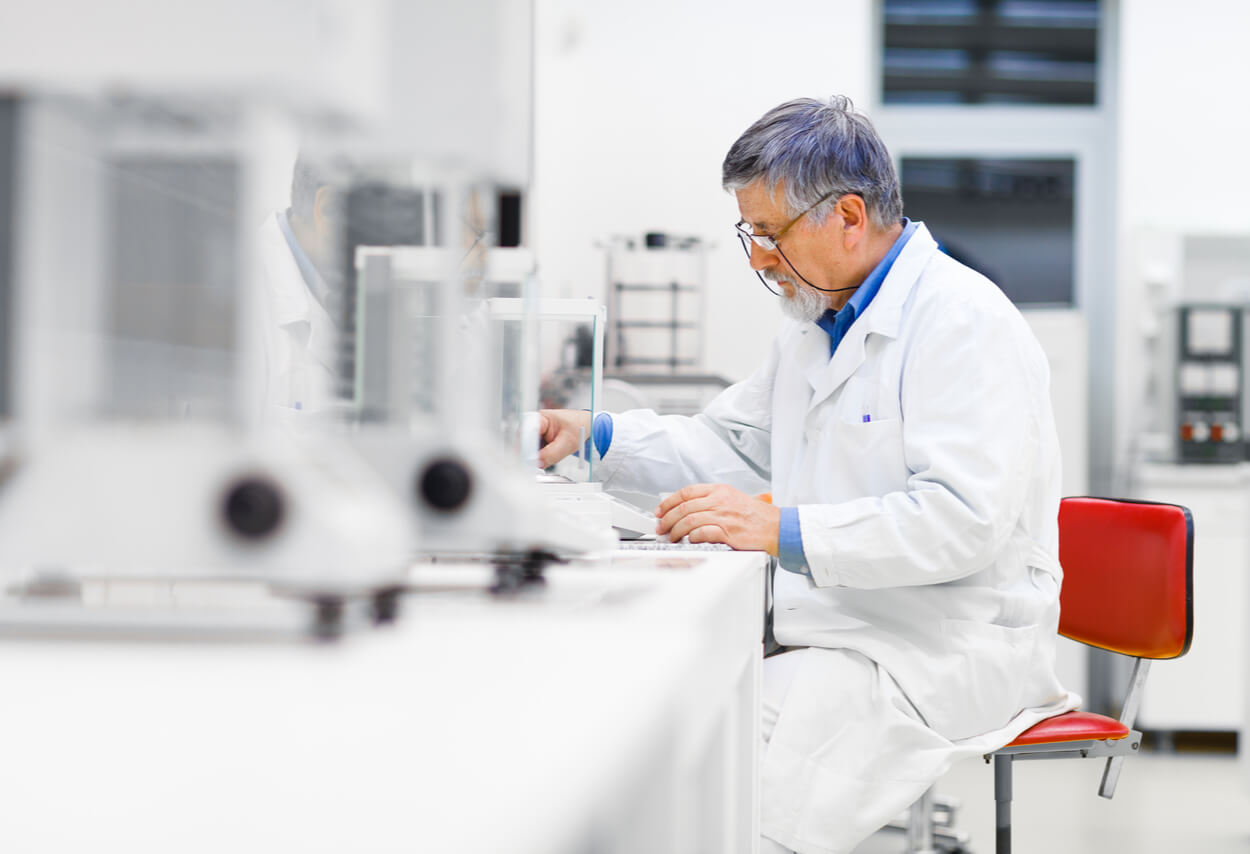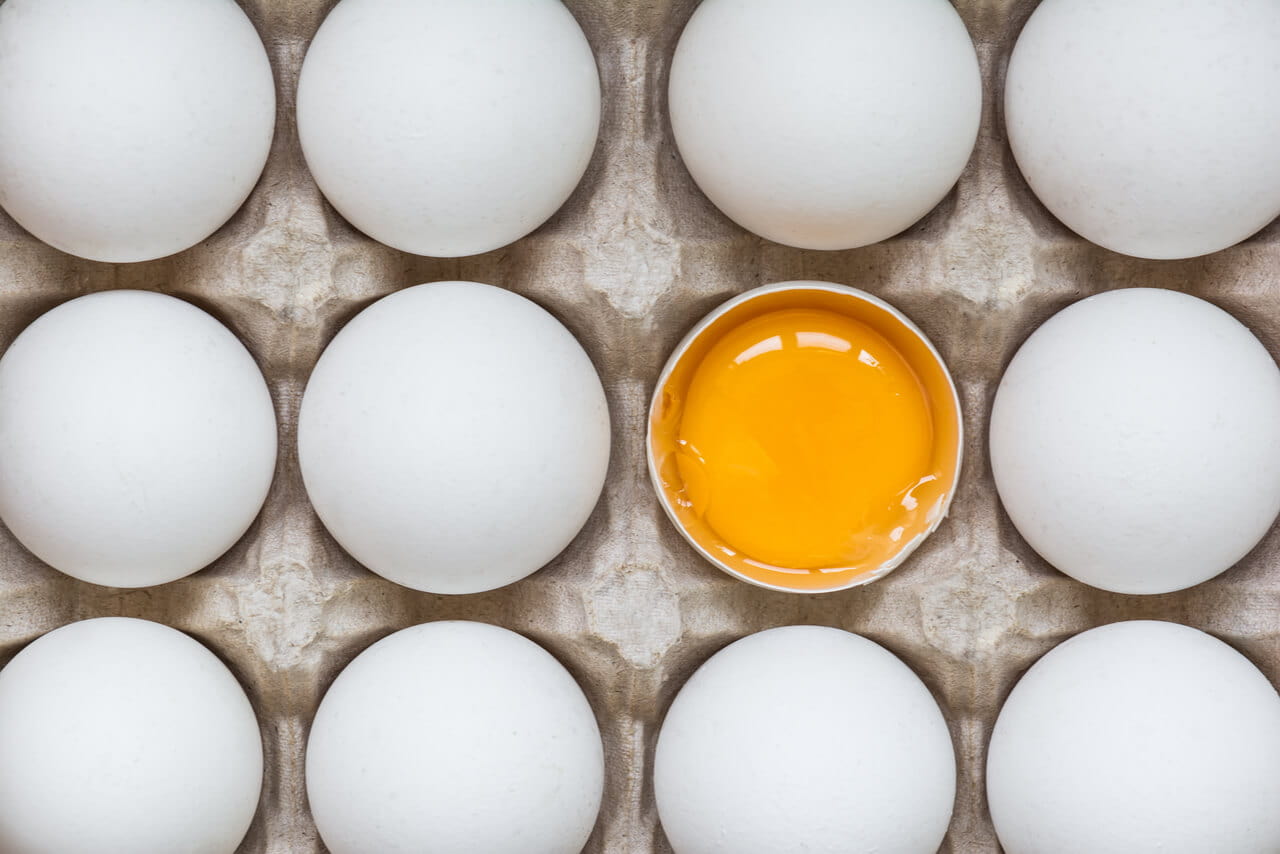Liver and let live.
Your body depends on your vital organs, conducting countless tasks to survive. The brain is in charge of all bodily movements and planning. Bones ensure that you don’t become a pancake on the cold, hard ground, due to the force of gravity. Then you have the heart which pumps blood through all vessels that run in and out of it, delivering oxygen, nutrients, and hormones throughout our body.
But today, I want to dedicate some time, to the giant, three-pound, deep-red tissue currently being squeezed between your diaphragm and stomach. You might also know it as the liver. (Which, by the way, pairs great with fava beans and a nice Chianti.)
The liver stores many minerals and nutrients and is vital to your body’s ability to stay in balance. The liver is in fact so important that you can create a comprehensive A-Z list of all the things the liver does or contributes to without having to cheat on all the “hard” letters. Don’t believe it? See for yourself:
A-Z FUNCTIONS OF THE LIVER
Ammonia removal. When proteins are broken down, ammonia is produced as a byproduct due to the nitrogen found in all proteins. To prevent ammonia from damaging us, the liver converts ammonia to the less harmful urea, which we get rid of through our sweat and urine.
Bile production. Bile is liver’s chief product, and helps consolidate fatty compounds into a more digestible form for the small intestine.
Cholecalciferol conversion. The liver helps make vitamin D (calcitriol) by participating in an intermediate step of Vitamin D production by converting one of vitamin D’s many precursors, cholecalciferol (Vitamin D3), into another precursor for the kidneys to activate so your body can use it.
Defense against invaders. The liver makes many proteins that are a part of the complement system, a group of proteins that can quickly destroy invaders such as bacteria and viruses without having to recognize which specific specimen it is. Many T cells and macrophages that target specific foreign invaders live in the liver as well.
Ethanol (Alcohol) detoxification. Enzymes in the liver break down alcohol which is easily removed or used by the body. Drinking alcohol in excess can overload and damage your liver for this reason.
Fat Processing. Aside from being broken down into bile, fats are also processed into cholesterol, which in turn produce bile salts that help further digest fat. Some fat is also stored in the liver.
Glycogenolysis and glycogenesis. Your liver responds to insulin, which alerts the body to low sugar levels, by converting the glycogen it stores into glucose (glycogenolysis), which is then released into the blood. When your blood sugar is too high, the liver performs glycogenesis, where glucose is converted back to glycogen and stored.
Hormone regulation. The liver can produce hormones as well as break them down after they are no longer needed. In fact, the liver breaks down insulin after glucose levels become normal again, and activates thyroid hormones so that the body can absorb glucose more efficiently. (1)
Iron storage. The liver serves as a huge reservoir for iron, which helps red blood cells carry oxygen throughout the body.
Jaundice “prevention.” While your liver does not actually prevent jaundice, it produces a yellow-orange pigment called bilirubin that is made from the remains of old red blood cells. When your liver is functioning properly, it sends bilirubin to bile to be removed as waste. A dysfunctional liver, however, will lead to too much bilirubin being released into the blood, resulting in jaundice.
Ketone bodies. Acetyl-coA is an extremely important molecule that helps make ATP, your body’s primary energy source, but too much acetyl-coA, results in wasted excess energy. This excess energy is turned into molecules known as ketone bodies by the liver. During strenuous exercise or a ketogenic diet, ketone bodies can act as an alternate source for energy, specifically when the body is low on other fuel sources. (2)
Lymph formulation. Up to half of the body’s lymph is made by the liver. Lymph contains white blood cells, important to the immune system, and many waste products. Fluid lost from blood in the circulatory system is mostly recovered by the lymph.
Molecule carrier production. In order to safely transport substances in the blood such as hormones and vitamins, the body uses carrier proteins that “carry” molecules to the correct destination. The liver produces many of these proteins, including ones that help carry fat molecules through the blood and lymph.
Niacinamide activation. The body needs niacinamide, part of the vitamin B3 complex, for DNA repair and energy production. The liver stores and activates niacinamide alone with large amounts of other B vitamins..
Oxidation. In order to detox, make, and break down the many substances that pass through, the liver utilizes a process called oxidation. One type of oxidation, beta oxidation, helps the liver break down fat products and produce carnitine from lysine. Carnitine is especially important in sending fat to mitochondria, the body’s “engine cells”, to be burned up as energy. (3)
Plasma protein production. Plasma proteins such as albumin make up a large portion of your blood and lymph, and help maintain blood pressure. The liver produces many of the blood’s plasma proteins as well as clotting factors that help repair broken blood vessels.
Q10 synthesis. Majority of the body’s coenzyme Q10 is made in the liver. Coenzyme Q10 is another molecule that helps generate ATP, our body’s source of energy for all vital function, down to our individual cells. To be fair, coenzyme Q10 is produced and used everywhere in the body, but the liver especially needs a lot of Q10. As such, the liver acts as an important reservoir for this essential molecule. (4)
Red blood cell clearance. The liver works with the bone marrow and spleen to remove and break down old red blood cells which can get stuck and lead to blood clots. The products are either removed as waste or recycled. A recent study in 2016 suggests that contrary to previous beliefs, the liver, not the spleen, is the primary organ for this process. (5)
Self-regenerating. The liver is the only organ in our body that can regenerate itself. This lets the liver properly perform many of its metabolizing and detoxifying duties for a longer period of time.
Transamination. Your liver performs transamination, which allows keto acids, found in protein, to be converted into amino acids for the body to use. Through this process, the liver helps produce many non-essential amino acids (amino acids your body can make by itself) that your body needs to make important enzymes and proteins.
Uric acid processing. Your liver processes a waste product called uric acid, which is then sent to the kidneys to be removed as urine.
Vasoconstriction. When blood pressure is too low, your kidneys activate a sequence of events to return blood pressure or volume to normal levels by constricting your blood vessels. Your liver makes one of the substances, a protein called angiotensinogen, that helps your blood pressure regulate.
Water balance. Through its own nervous system, the liver can detect water intake levels before the effects appear in the blood. Being able to detect water intake also assists with appetite and weight management. (6)
Xanthine oxidase release. The liver releases an enzyme known as xanthine oxidase, which aids in processing caffeine and sugars used to make DNA. (7)
Year-round reservoir. The liver can store up to a year’s worth of Vitamin A, and several years’ worth of vitamin B12.
Zinc sequestering. This is especially useful when you’re fighting off an infection—during a fever, your liver and spleen start taking up extra iron and zinc, preventing bacteria from using them to stay alive.
While it would take a while to cover every function of the liver, a number currently as high as 500, 26 alphabetized functions can be a good start for finding reasons to love your liver. Take good care of it—after all, you only liver once.
Sources:
(1) Malik, R., and H. Hodgson. “The relationship between the thyroid gland and the liver.” QJM: An International Journal of Medicine 95.9 (2002): 559-569.
(2) Clarke, DD; Sokoloff, L (1999). Siegel, GJ; Agranoff, BW; Albers, RW, eds. Basic Neurochemistry: Molecular, Cellular and Medical Aspects (6th ed.). Philadelphia: Lippincott-Raven
(3) Flanagan, Judith L et al. “Role of Carnitine in Disease.” Nutrition & Metabolism 7 (2010): 30. PMC. Web. 22 Nov. 2017.
(4) Ernster, L. and Dallner, G. (1995). Biochemical, physiological and medical aspects of ubiquinone function. Biochimica et Biophysica Acta (BBA) – Molecular Basis of Disease, 1271(1), pp.195-204.
(5) Theurl, Igor et al. “On-Demand Erythrocyte Disposal and Iron Recycling Requires Transient Macrophages in the Liver.” Nature medicine 22.8 (2016): 945–951. PMC. Web. 22 Nov. 2017.
(6) Jensen, Kendal Jay, Gianfranco Alpini, and Shannon Glaser. “Hepatic Nervous System and Neurobiology of the Liver.” Comprehensive Physiology 3.2 (2013): 655–665. PMC. Web. 18 Nov. 2017.
(7) Roger Harrison, Structure and function of xanthine oxidoreductase: where are we now?, In Free Radical Biology and Medicine, Volume 33, Issue 6, 2002, Pages 774-797, ISSN 0891-5849, https://doi.org/10.1016/S0891-5849(02)00956-5.
If you are looking for the highest quality Vitamin and Mineral Supplements personalized for you, please go to www.personanutrition.com and take their on-line questionnaire providing individualized vitamin and mineral recommendations. Persona is the only Science Based supplement provider on the web today! Take advantage of their knowledge and use it to your health’s benefit!
This information is not intended as a substitute for the advice provided by your physician or other healthcare professional or any information contained on or in any product label or packaging. Do not use the information from this article for diagnosing or treating a health problem or disease, or prescribing medication or other treatment. Always speak with your physician or other healthcare professional before taking any medication or nutritional, herbal or homeopathic supplement, or using any treatment for a health problem. If you have or suspect that you have a medical problem, contact your health care provider promptly. Do not disregard professional medical advice or delay in seeking professional advice because of something you have read in this article.











